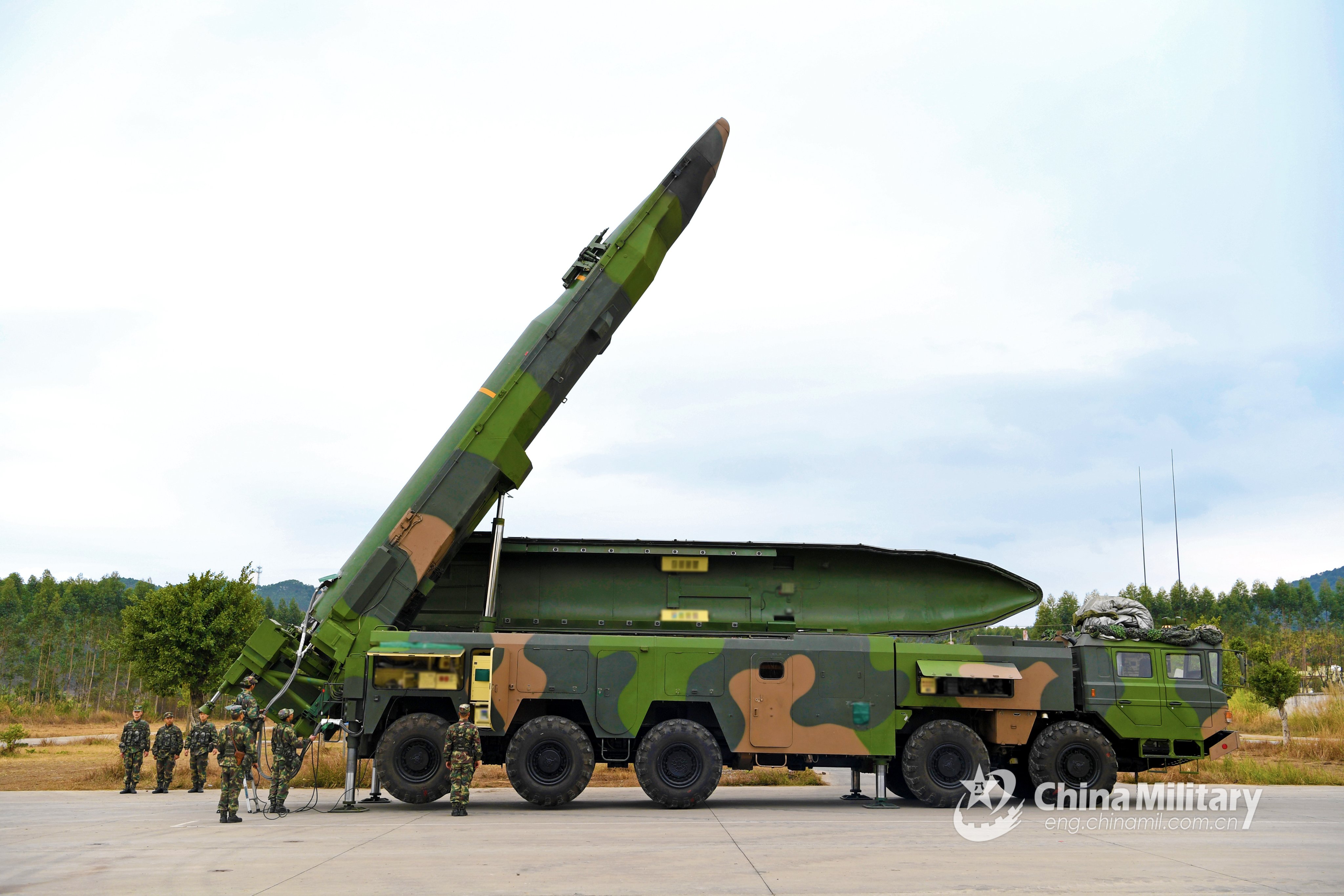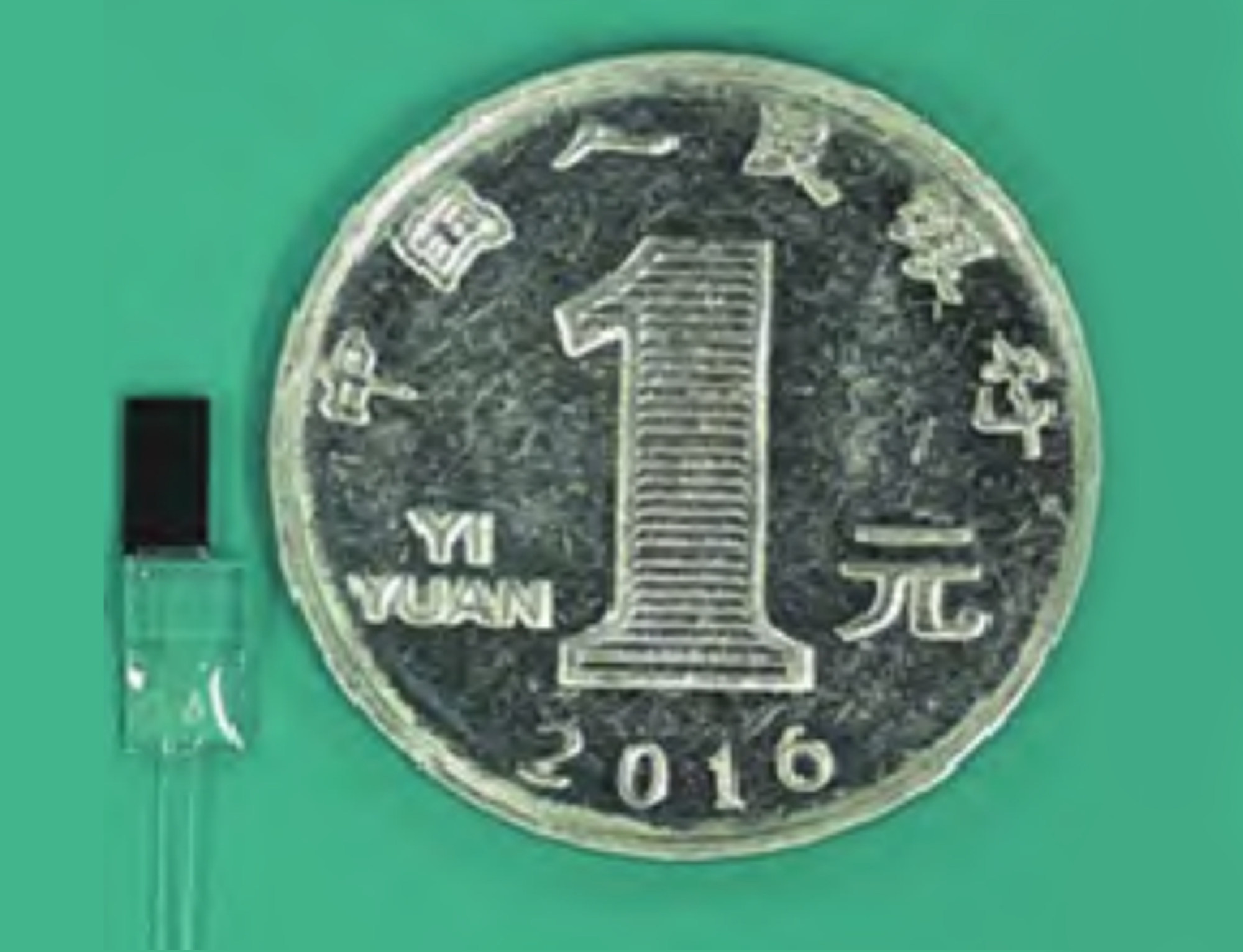China’s growing missile stockpile could expand further as Chinese defense industry engineers have now claimed a key breakthrough in developing fiber-optic gyroscope.
Defense engineers have claimed that China has created a low-cost fiber-optic gyroscope that can be mass-produced in a facility to make computer chips. This will hasten the delivery of tactical missiles and other guided weapons to the Chinese military arsenal.
According to the research team led by Mao Yuzheng, a senior engineer with the Xian Flight Automatic Control Research Institute under the Aviation Industry Corporation of China, the technology is only available in China and the United States.
In a report published in the Journal of Chinese Inertial Technology on February 28, Mao and his co-authors from the People’s Liberation Army equipment department said that although China was making rapid progress, it was still roughly two years behind the US in this “disruptive” chip race.
The development comes as tensions between China and the US are at an all-time high after the US shot down a suspected Chinese spy balloon.
A gyroscope is a critical component of a missile as it adjusts the missile’s turn and pitch motion autonomously while in flight, even when its GPS malfunctions. Since World War II, it has been used for automatic steering and to correct turn and pitch motion in cruise and ballistic missiles.

Mao’s team argues in the paper, “At present, the core components of traditional fiber-optic gyroscopes all come in discrete packages which are large. Making and assembling these components requires time-consuming procedures that demand a huge workforce.”
“The manufacturing cost is high while production scale and capacity remain small.” They added that China’s defense industry must “further cut the cost, reduce the size and greatly increase shipment volume to meet the [military’s] urgent demand.”
It is also worth underlining that PLA’s growing missile arsenal has been flagged by its rivals and adversaries in recent years. According to some reports, China has one of the world’s largest and most diverse missile stockpiles.
Even though it keeps its weaponry discreet, the live fire exercises conducted in the Taiwan Strait last year exposed Beijing’s lethal military arsenal.

China’s Gyroscope Tech In A Chip
The team further explained that a standard fiber-optic gyro is the size of a rice bowl, and creating the device is difficult for missile manufacturers. However, reducing the device’s size will likely be a game-changer amid rising demand for missiles in the military.
From a standard size of a rice bowl, the team led by Mao produced optic fibers and other necessary components on a silicon chip about the size of a grain of rice. According to their paper, chip technology reduces the gyroscope’s size to 1/12th of its original level.
It was observed that laboratory tests revealed chip-based gyros had an accuracy advantage of roughly 30% over conventional devices currently used in China’s short-range missiles.
According to Mao’s team, the breakthrough is that hundreds or even thousands of photonic chips can be manufactured simultaneously on a single wafer with photolithography technology. This will ultimately lead to expanding the production of missiles fitted with these chips.
Furthermore, the consistency of product quality and the influence of scale production were also “greatly enhanced,” according to the paper. The team argued in the paper that way that fiber-optic gyroscopes are typically made would be altered for good.
The paper also noted that Deep ultraviolet (DUV) photolithography, a well-established method for fabricating semiconductors used for over 20 years, was employed to create the device at a size of 248 nanometers (nm).

This development comes when media reports have indicated that the US government wants to include more outdated technology like DUV in the list of Chinese semiconductor companies subject to sanctions. Japan and the Netherlands last month agreed to join the US in outlawing the sale of DUV photolithography devices to China.
The paper outlines that while the 248nm fabrication process was more dependable than newer fabrication technology, such as those using 7nm, it harmed the chip gyroscope’s performance. They also noted that the tiny chip consumed more electricity than was ideal and had lower positioning accuracy than comparable products used by the US military in 2020.
However, despite this, the price and size of missile gyroscopes “is likely to be significantly decreased in mass manufacturing” as chip-making technology in China becomes more advanced in the future.
- Contact the author at sakshi.tiwari9555 (at) gmail.com
- Follow EurAsian Times on Google News




